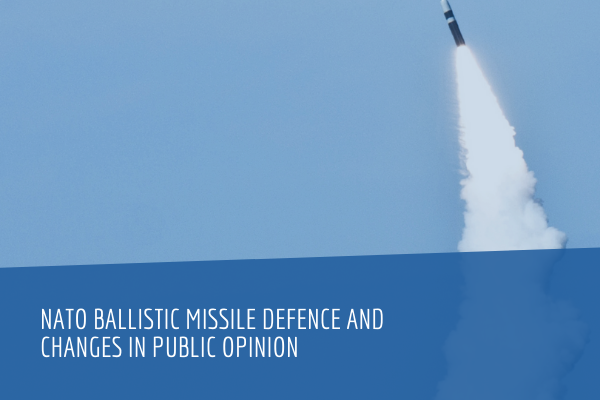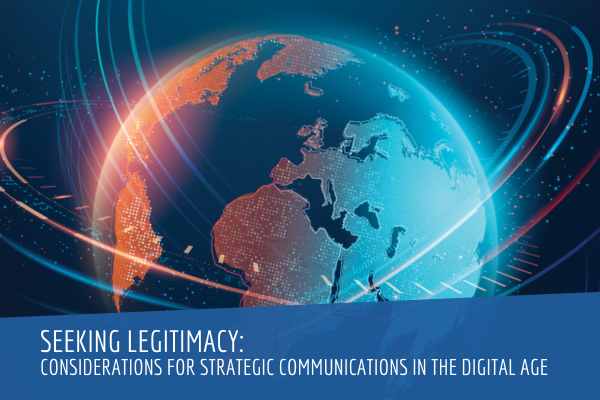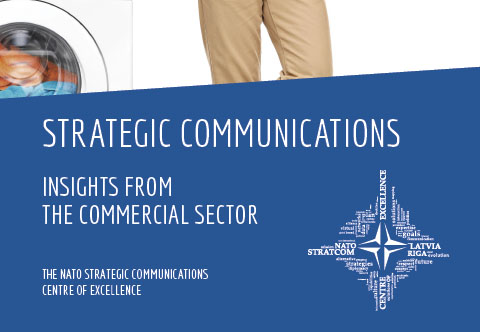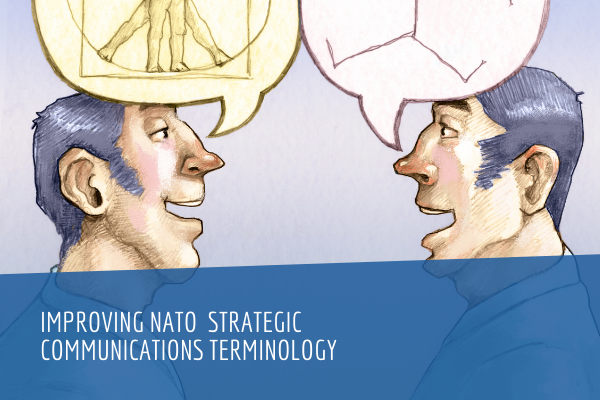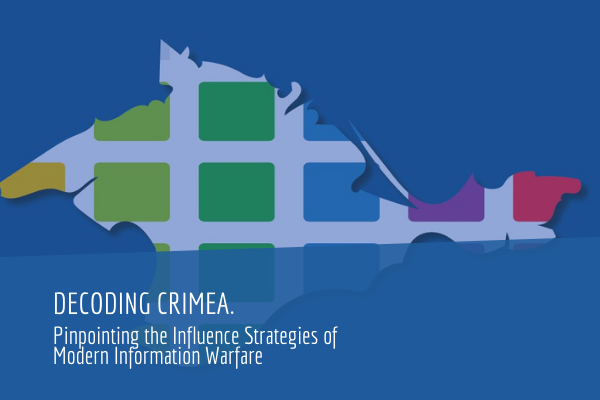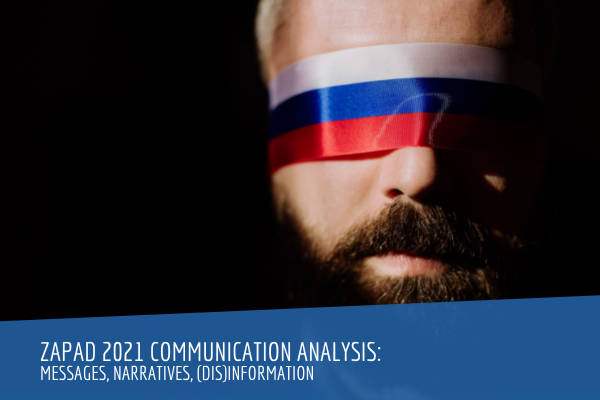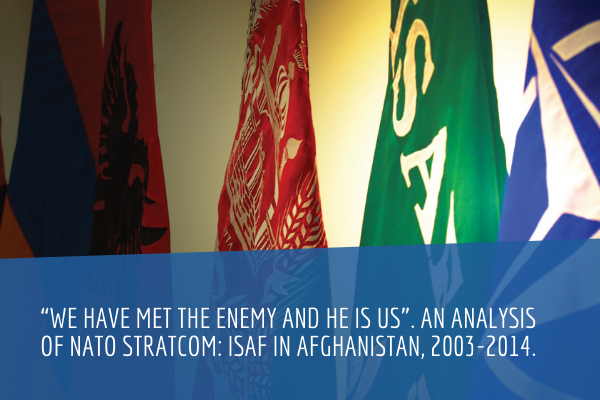and significantly more likely to use frames less emphasized by them. This indicates that Russian strategic communication is driving media coverage, likely because of the media’s interest in reporting and promoting controversy. Third, framing appears to differ based on both individual countries’ political and economic concerns, as well as the general political climate. Finally, there are strong correlations between some of the frames studied and public opinion in the United States and Poland. This suggests that framing analysis could serve as a useful measure of effectiveness for NATO strategic communication.
The project also established the practicality of adding a strategic framing capability to the NATO StratCom COE. First, it showed that data from the project could be effectively incorporated into a decision-making environment based on ASU Decision Theater visualization technology. Second, it demonstrated that automation of strategic frames coding using machine classifiers is feasible. The combination of these can provide real-time, on-demand analysis and monitoring of strategic framing on topics of interest to NATO.
Based on results of this project we make three recommendations: (1) The NATO StratCom COE should develop an in-house capability to do strategic frames analysis, (2) it should develop training for NATO personnel on framing, and (3) it should develop the equipment and capabilities to visualize data with Decision Theater-like displays.
This project was designed as a capabilities demonstration for the Latvian Ministry of Defence and NATO Strategic Communications Centre of Excellence (NATO StratCom COE). The project developed a media analysis methodology based on strategic framing, a well-known function of media and strategic communication that attempts to influence the perception of facts and situations by encouraging certain interpretations and discouraging others using words, phrases, metaphors and images highlighting desired aspects of a perceived reality. The goals were to demonstrate that framing is relevant to understanding and improving strategic communication capabilities of NATO member and partner countries, to do this in the context of a topic important to NATO, and to show the potential relevance of these methods to operational capabilities.
The project studied NATO Ballistic Missile Defense, as discussed in texts from NATO, the governments of nine member countries, Russia, and major print media outlets from these same countries. Initial analysis of a sample of these texts revealed ten frames: general threat, specific threat, collective security, deterrence systems, domestic benefit, progress/effectiveness, political tensions, threat to Russia, Russian roadblocks, and Russia partnership. Each frame could be either affirmed or negated in a particular framing instance. These frames were reliably coded and analyzed in 795 texts from the above sources.
The analysis shows, first, that with respect to NATO/government sources, NATO framing is very disciplined, consistently invoking general threat, specific threat, collective security, deterrence systems, progress/effectiveness, and Russia partnership in the affirmative, and negation of threat to Russia. Government framing is remarkably similar to NATO framing. Second, media framing is significantly different from that by NATO and government sources. In almost all cases, media are significantly less likely to invoke the frames favored by NATO and government,
and significantly more likely to use frames less emphasized by them. This indicates that Russian strategic communication is driving media coverage, likely because of the media’s interest in reporting and promoting controversy. Third, framing appears to differ based on both individual countries’ political and economic concerns, as well as the general political climate. Finally, there are strong correlations between some of the frames studied and public opinion in the United States and Poland. This suggests that framing analysis could serve as a useful measure of effectiveness for NATO strategic communication.
The project also established the practicality of adding a strategic framing capability to the NATO StratCom COE. First, it showed that data from the project could be effectively incorporated into a decision-making environment based on ASU Decision Theater visualization technology. Second, it demonstrated that automation of strategic frames coding using machine classifiers is feasible. The combination of these can provide real-time, on-demand analysis and monitoring of strategic framing on topics of interest to NATO.
Based on results of this project we make three recommendations: (1) The NATO StratCom COE should develop an in-house capability to do strategic frames analysis, (2) it should develop training for NATO personnel on framing, and (3) it should develop the equipment and capabilities to visualize data with Decision Theater-like displays.
